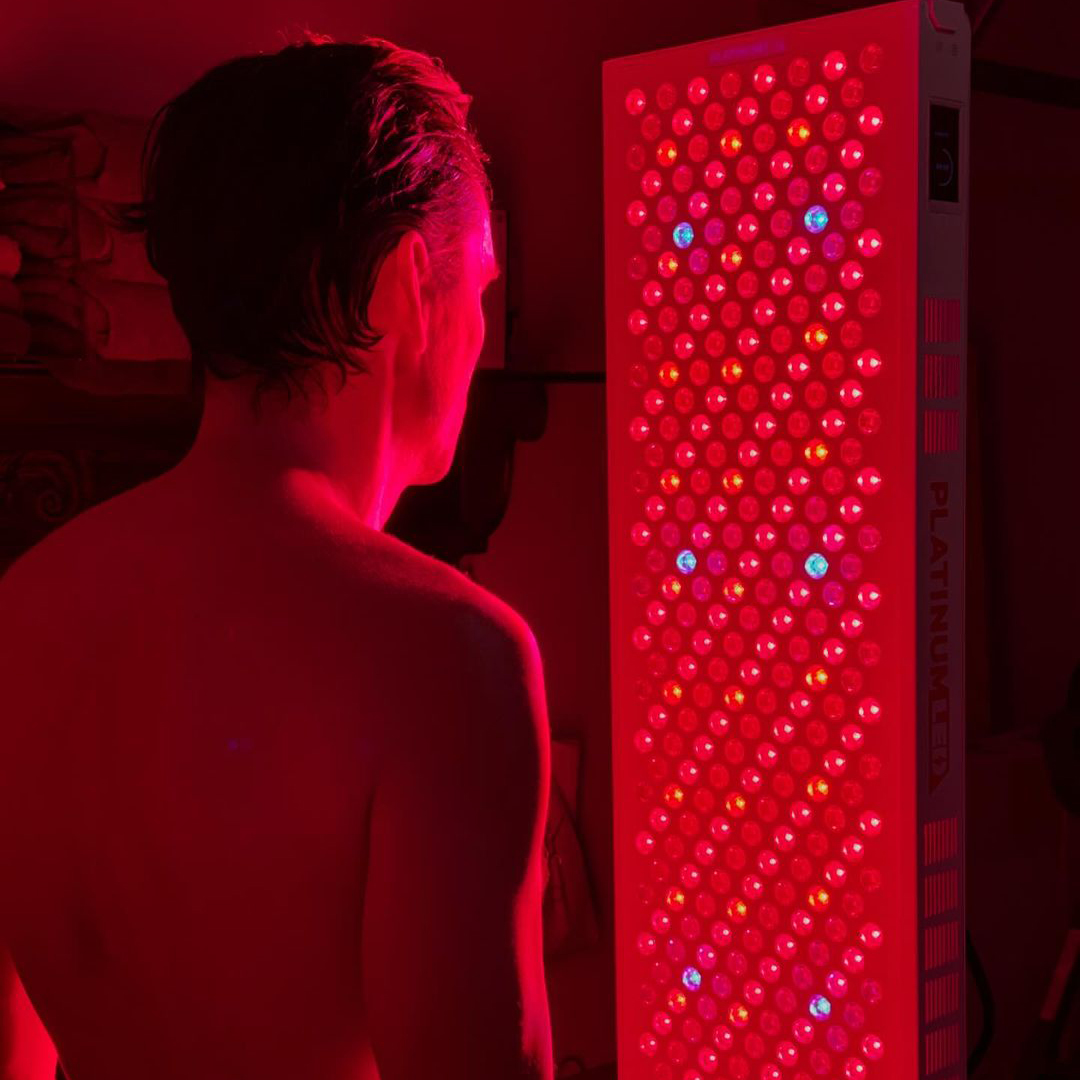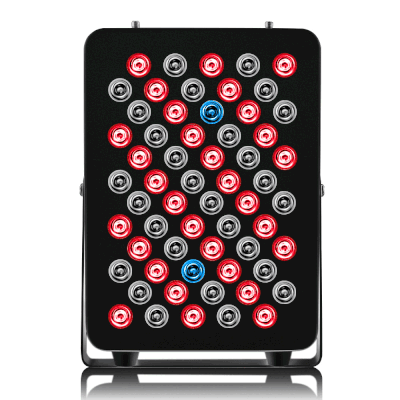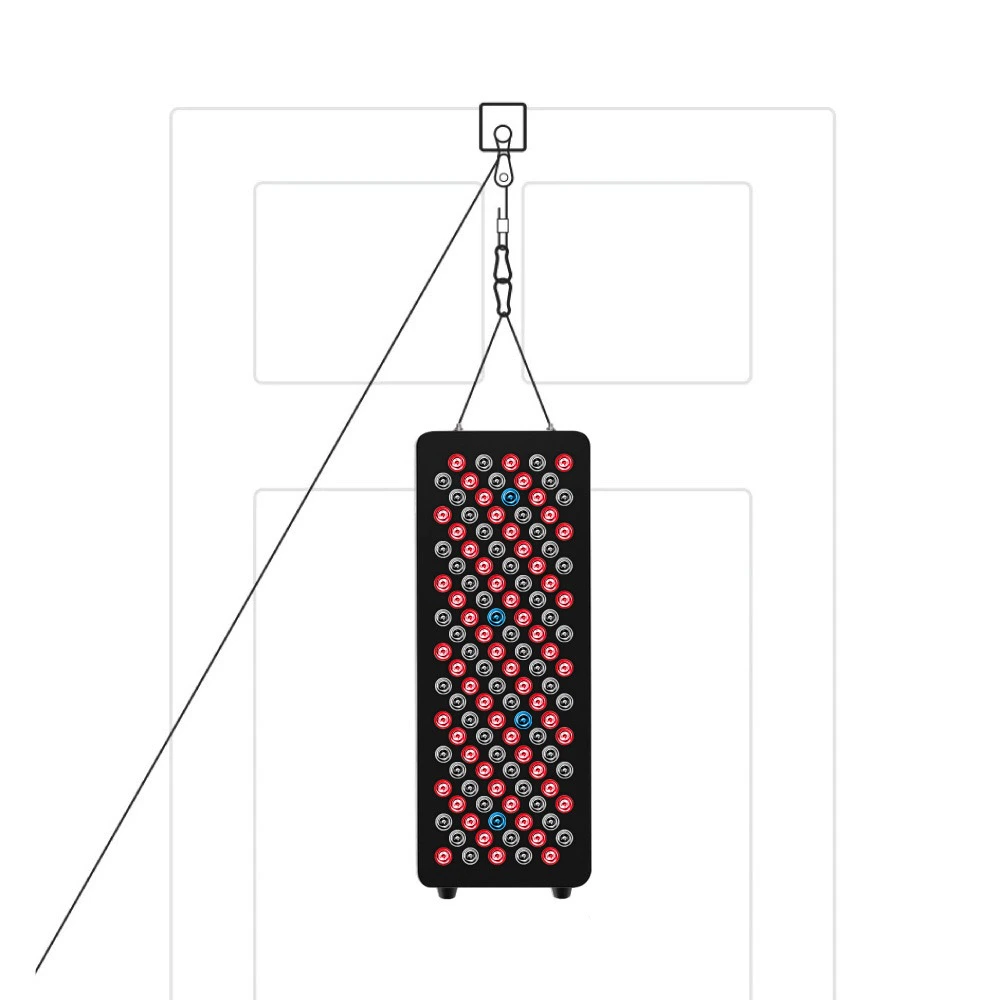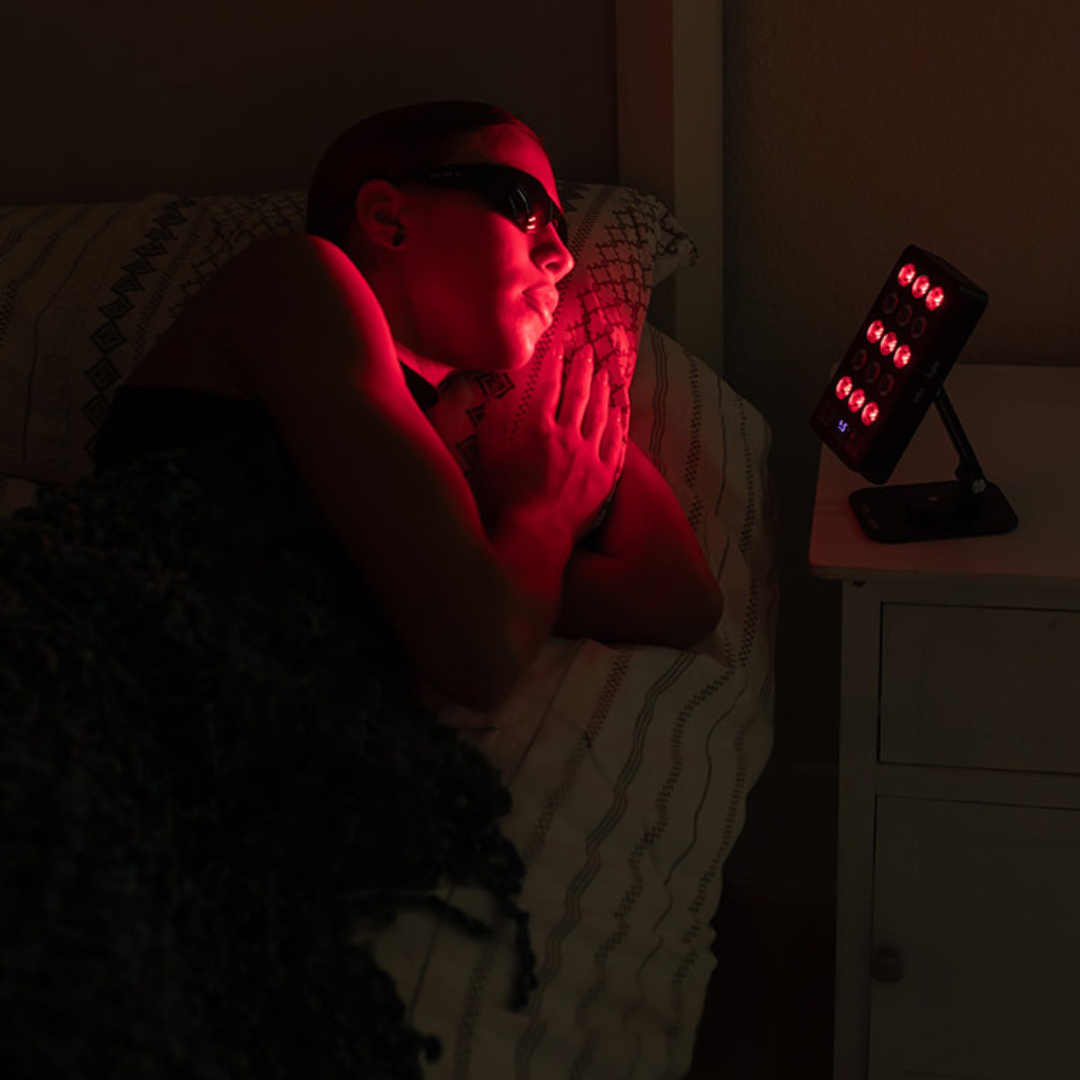![]() Free Shipping
Free Shipping ![]() Buy Now, Pay Later
Buy Now, Pay Later ![]() Eligible
Eligible
Can You Use Any Light for Red Light Therapy? An Expert’s Guide to Wavelengths and Safety

Red light therapy (RLT) has surged in popularity, praised for its potential benefits for skin health, muscle recovery, and overall wellness. As more people look to bring these benefits home, a critical question arises: Can you use any red light?
The short answer is a resounding no. Not all red lights are created equal. Using just any red bulb can be, at best, completely ineffective and, at worst, potentially harmful. This article delves into the expert-backed science to explain exactly what makes a light suitable for genuine red light therapy.
Why You Can’t Use Just Any Red Light: The Science of Wavelengths
At its core, red light therapy is a precise medical-grade treatment. Its efficacy isn’t based on the color our eyes perceive but on specific scientific principles.
The Critical Role of Wavelengths (Measured in Nanometers)
The most important factor is wavelength, measured in nanometers (nm). Think of wavelength like a key that fits into a specific lock in your body’s cells.
- Effective Wavelengths: Clinical research has consistently shown that the most therapeutic wavelengths for penetrating human tissue fall within a very specific range.
- Red Light (620-700nm): Primarily absorbed by the skin’s surface layers, ideal for collagen production, skin rejuvenation, and wound healing.
- Near-Infrared Light (NIR) (800-880nm): Penetrates deeper into tissues, muscles, and even bones, making it optimal for reducing inflammation, relieving pain, and enhancing muscle recovery.
Expert Quote: “The body’s cells, specifically the mitochondria, have photoreceptors that respond optimally to very specific wavelengths of light, primarily in the red and near-infrared spectrum. Using a random red light bulb is like trying to unlock a door with the wrong key—it simply won’t work on a cellular level.” – Dr. Michael Hamblin, Ph.D., a leading researcher in photomedicine and former Associate Professor at Harvard Medical School.
The Dangers of Incorrect Wavelengths and Light Types
Using an incorrect light source isn’t just ineffective; it can be counterproductive.
- Ineffectiveness: A standard household red bulb, a red LED strip, or even a salt lamp emits a broad, weak spectrum of red light. It lacks the intensity and precise wavelength required to stimulate any meaningful biological response.
- Heat and UV Risk: Incandescent red bulbs (the kind that gets very hot) produce mostly heat (infrared radiation) with very little therapeutic red or NIR light. They also risk causing thermal damage to the skin. Furthermore, some colored lights may emit trace amounts of ultraviolet (UV) light, which is harmful to the skin and counteracts the healing purpose of RLT.
Key Specifications for a True Red Light Therapy Device
To ensure you’re getting a genuine and effective device, look for these three non-negotiable specifications.
1. Precise Wavelength Output
The device should clearly state its output wavelengths. Look for devices that emit light within the 630-680nm range for red and the 800-880nm range for near-infrared. Many high-quality panels offer a combination of both.
2. Sufficient Power Density (Irradiance)
Power density, measured in milliwatts per square centimeter (mW/cm²), indicates how much light energy reaches your skin per second. A higher irradiance means a shorter treatment time is needed to receive a therapeutic dose.
- Low Power (< 50 mW/cm²): May require impractically long session times.
- Ideal Range (80-200 mW/cm²): Allows for effective sessions of 1-10 minutes.
3. FDA-Cleared or CE-Marked Devices
While not always a guarantee of consumer-grade quality, looking for devices that are FDA-cleared or CE-marked indicates that the manufacturer has undergone testing to prove the device is safe and effective for its intended use.
Red Light Therapy vs. Common Red Lights: A Comparison Table
This table clearly illustrates the stark differences between a professional device and common red light sources.
| Feature | Professional RLT Device | Standard Red LED Strip | Red Incandescent Bulb | Red Christmas Lights |
|---|---|---|---|---|
| Wavelength | Precise (e.g., 660nm & 850nm) | Broad, Inconsistent | Broad, Heat-Focused | Broad, Inconsistent |
| Power Density | High & Measured (e.g., 100+ mW/cm²) | Very Low | Varies, mostly heat | Negligible |
| Primary Output | Therapeutic Red/NIR Light | Visible Red Light | Heat & Visible Light | Visible Red Light |
| Safety | No UV, Low Heat Risk | Generally Safe (but weak) | Burn Risk, Inefficient | Generally Safe (but weak) |
| Therapeutic Effect | Yes, Clinically Proven | No | No | No |
VELLGUS Elite V2
THE #1 RATED RED LIGHT DEVICE
VELLGUS pro V2
THE #1 RATED FULL BODY RED LIGHT DEVICE
Expert Advice for Choosing a Home Device
Navigating the market for a home red light therapy device can be overwhelming. Here is a distilled checklist from expert recommendations.
- Transparency is Key: The manufacturer should openly provide the device’s wavelengths and power density (irradiance) data. Avoid companies that hide this information.
- Prioritize LEDs over Lasers: For home use, LED panels are superior. They cover a larger area evenly and are safer than laser-based systems, which are for targeted clinical use.
- Beware of Marketing Hype: Be skeptical of extravagant claims like “the most powerful light ever.” Rely on published specifications, not marketing language.
- Consult a Professional: If you have a specific medical condition, consult with a dermatologist or healthcare provider familiar with photobiomodulation before starting treatment.
Expert Quote: “Consumers should look for devices from companies that invest in third-party testing and are transparent with their data. The irradiance and wavelength are the heart of the device. If a company isn’t willing to share that, it’s a major red flag.” – Ari Whitten, M.S., author of “The Ultimate Guide to Red Light Therapy.”
Invest in the Right Light for Real Results
So, can you use any light for red light therapy? Absolutely not. The therapeutic benefits are locked behind very specific parameters of wavelength and power. While using a standard red bulb is harmless, it is a waste of time if you’re seeking the proven effects of reduced inflammation, improved skin health, and faster recovery.
Investing in a properly engineered, high-quality red light therapy device is the only way to ensure you are delivering the right “key” to your body’s cellular “locks” to unlock the profound benefits this technology has to offer.








